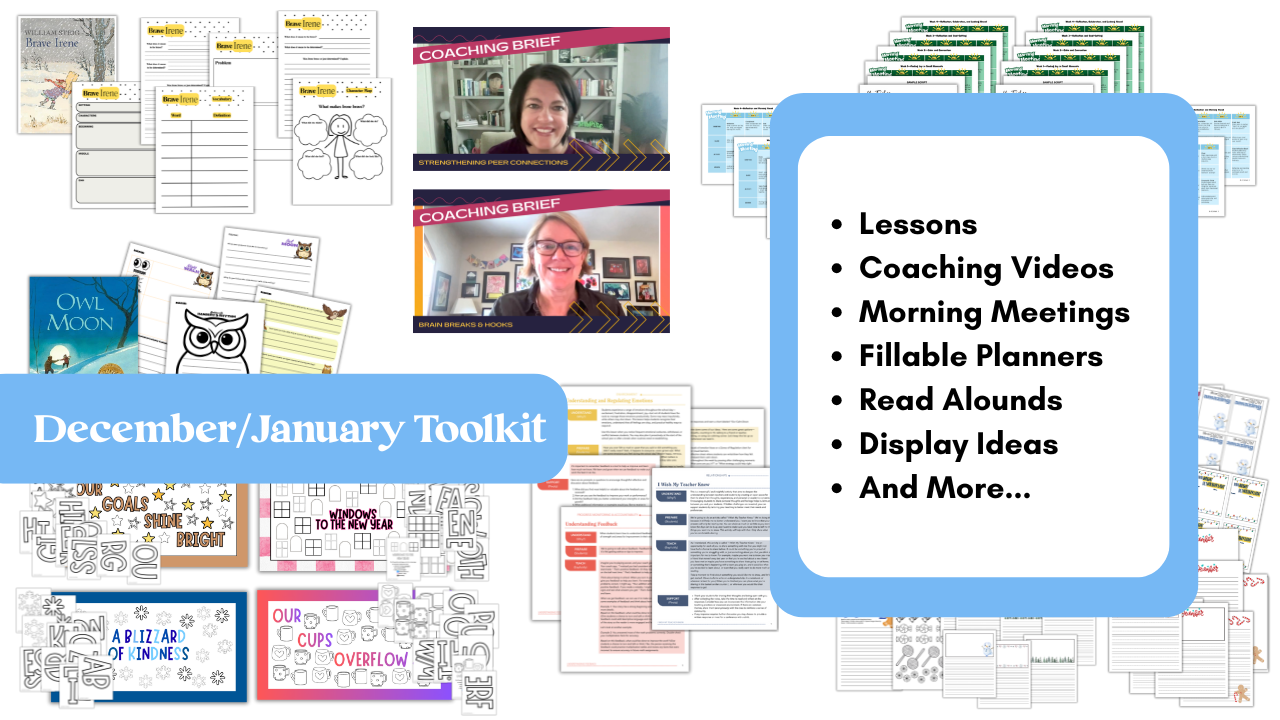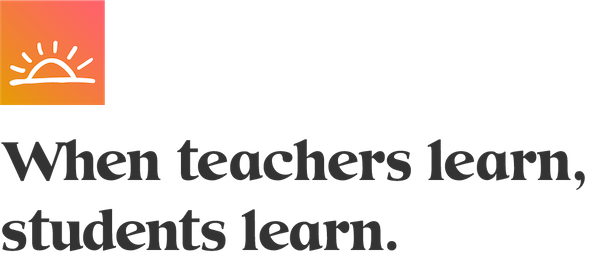How can we ask students to read independently if they don’t yet see themselves as readers?
When we first began exploring this question, our answer was often to partner students up or create centers for them—because they “couldn’t read words yet.” We heard similar responses from older students who were new to the country and still learning English. Without books in the 30+ languages represented in our schools, we found ourselves puzzled. It felt like the classic “chicken or the egg” dilemma: how can students learn to read if they can’t yet read?
Through our research on beginning reading acquisition, we discovered that children learn to read by engaging with books in multiple ways—not just by decoding print. They can:
- Look closely at the pictures
- Read the words
- Retell a familiar story
With this understanding, we began each school year by modeling what we now call “3 Ways to Engage with a Book.”
We start with a short picture book and say something like:
“Readers, there are three ways to engage with a book, and I’m going to show you all three. First, I’m going to look closely at the pictures. Look here—the cover shows a big world and five different people. I think this book might be about their stories. On the first page, I see those same people again, standing in front of white houses and holding a sign…”
We move through the book, narrating our observations. At the end, we explain,
“Boys and girls, one way to engage with a book is to look closely at the pictures.”
We write this on a chart titled 3 Ways to Engage with a Book and then move to the second way:
“Now, I’m going to show you another way—to read the words.”
We read the same book again, this time focusing on the text, and then add “Read the Words” to the chart. Finally, we explain that readers can also retell a familiar story, using the pictures to help recall what happens on each page.
The first time we taught this lesson, something amazing happened—no one said, “I can’t read because I don’t know how.” Every student could now see a way to engage with a book, whether through pictures, words, or retelling.
And this idea isn’t just for our youngest readers. We teach it to older students too. Looking closely at pictures remains a powerful comprehension strategy—especially in nonfiction texts, graphic novels, and even textbooks. With those students, we model how to study visuals for meaning, noticing diagrams, captions, and images that deepen understanding.
When all students—no matter their age or reading level—understand there are multiple ways to engage with a book, every learner can see themselves as a reader.



